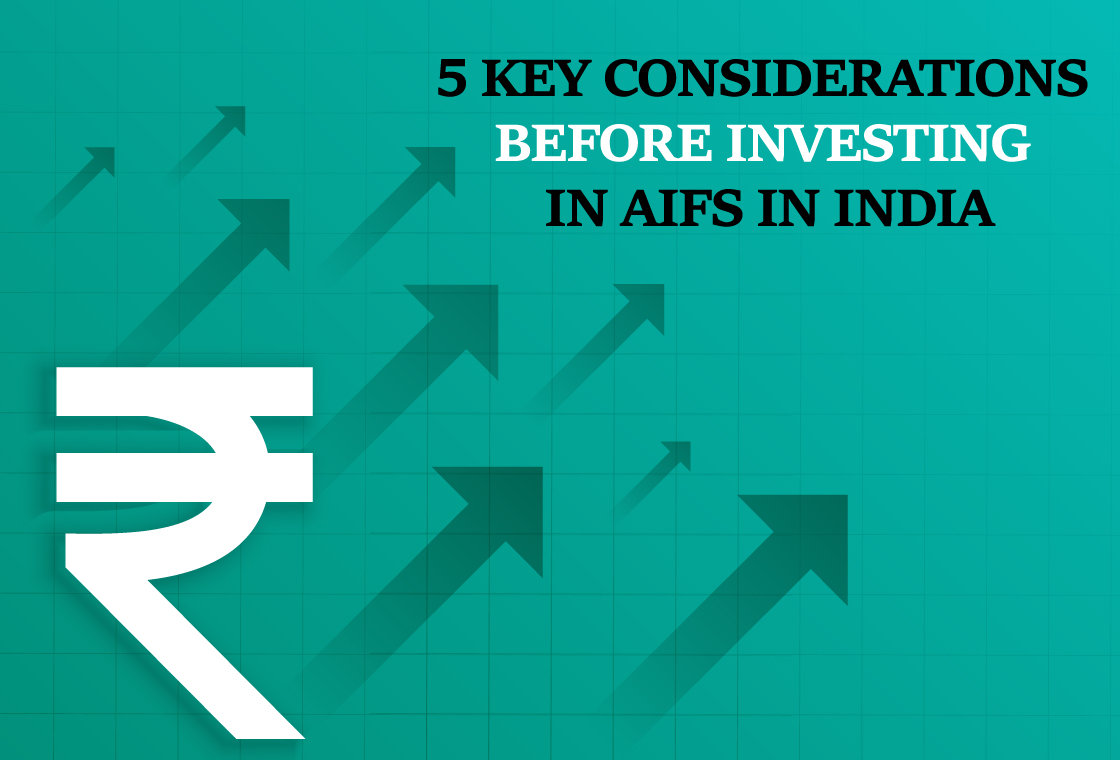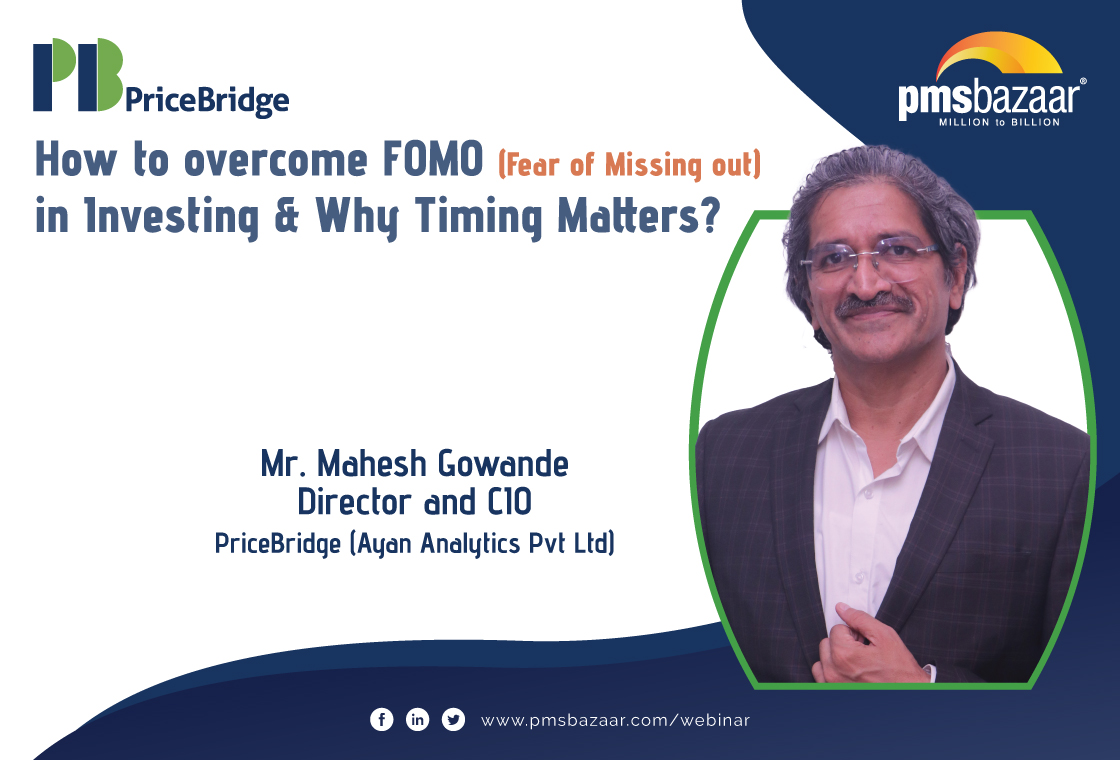This blog summarises the insights shared by Aniruddha Sarkar, CIO & Portfolio Manager at Quest Investment Advisors, during a webinar hosted by PMS Bazaar titled ‘Indian Markets at Crossroads of Sound Fundamentals and Rich Valuations - What Should Investors Do?’

The webinar explored current market conditions, geopolitical impacts, and investment strategies in a volatile global economy.
Geopolitical Resilience and Market Stability
Aniruddha Sarkar argued that economies can grow even amidst conflicts, citing examples like the Ukraine-Russia war and the ongoing Israel-Iran tensions. He noted that both developed and emerging markets have continued to grow despite these conflicts, with equity markets in India and the U.S. reaching new highs. This resilience, Sarkar suggested, is a key reason why investors should not overreact to short-term geopolitical risks. He highlighted that markets tend to recover quickly from geopolitical disruptions, referencing various unpredictable events over the past few years, including regulatory shifts, elections, and budget crises.
Mitigating the Impact of Crude Oil Prices
Sarkar acknowledged that crude oil is one of India's largest import costs. When the Ukraine war caused a sharp rise in oil prices, India countered the impact by purchasing discounted oil from Russia. This move helped control the import bill and shielded the economy from severe shocks. Additionally, the weakening Chinese economy, another major oil consumer, has kept global oil prices stable. While oil prices may see short-term spikes due to tensions in the Middle East, Sarkar remained optimistic about India's medium- to long-term outlook. India's diversified oil sourcing strategies have minimised its vulnerability to sudden price changes, contributing to economic stability and fostering investor confidence.
Shifting Interest Rate Dynamics
Aniruddha Sarkar pointed out that historically, rising interest rates in developed markets have drawn investors away from emerging markets. Conversely, declining rates have typically encouraged foreign institutional investors (FIIs) to invest in emerging markets. However, this pattern has recently changed. Despite the U.S. Federal Reserve cutting rates, FIIs have been withdrawing from India, suggesting that other factors—such as growth prospects and market valuations—are now playing a larger role in influencing FII behaviour. In contrast to aggressive rate cuts in developed markets, the Reserve Bank of India (RBI) has taken a more measured approach. India’s strong economy, with controlled inflation and stable growth prospects, allows the RBI to maintain investor confidence without resorting to drastic rate reductions.
India's Growth Potential Compared to China
Aniruddha Sarkar compared the growth trajectories of India and China, highlighting that while China's rapid growth was driven by its focus on manufacturing, India positioned itself as the ‘back office of the world,’ excelling in IT services but lagging in industrial development. Although China's per capita income is significantly higher than India's, he emphasised that India does not need to replace China in global manufacturing but can still capture a significant portion of the market. He pointed to India's substantial growth potential in sectors like textiles, particularly as Bangladesh, one of its main competitors, faces economic challenges.
Sectoral Opportunities and Portfolio Allocation
Aniruddha Sarkar discussed the booming Indian real estate sector, comparing it to China's a decade ago. This growth, he argued, offers substantial investment opportunities and could play a critical role in driving India’s future economic expansion. He also addressed SEBI's regulatory changes concerning Futures and Options (F&O) trading, supporting the restrictions as a way to protect retail investors from significant losses and promote long-term investment in equities.
Regarding corporate earnings and the festive season outlook, Aniruddha Sarkar highlighted consumer discretionary, hospitality, and healthcare as sectors poised to outperform, while capital-intensive industries like metals and oil and gas may struggle. He emphasised the importance of adjusting portfolio allocations based on sector performance, focusing on sectors with improving margins and earnings potential to navigate market volatility.
To get a better understanding of the pointers discussed above, you can watch the full video from the link below:
Get access to rich data and analytics of PMS & AIF by subscribing to us. Join the 70000+ investors & experts: Subscribe NOW
Disclaimer: Any Stocks/sectors mentioned in this blog are for educational purposes only. This blog does not constitute financial advice. Please consult with a qualified financial advisor before making any investment decisions
Recent Blogs

5 Key Considerations Before Investing in AIFs in India
Alternative Investment Funds (AIFs) have emerged as a compelling option for sophisticated investors seeking diversification and potentially superior returns. But venturing into AIFs requires a clear understanding of their unique characteristics that go beyond simply knowing what they are and their categories.

How AIF can help in diversification?
Traditionally, Indian investors have relied on a mix of stocks and bonds to build their wealth. While this approach offers diversification, it can still leave your portfolio vulnerable to market fluctuations. Enter Alternative Investment Funds (AIFs), a dynamic asset class gaining traction for its ability to unlock diversification beyond the realm of conventional options.

Long-Short AIFs Outperform Again Even as Markets Rebound in September
104 long-only funds shows an average monthly gain of just 0.37 per cent, while long-short AIF category averaged 0.94 per cent

Resilience returns as markets rebound in September; Multi-asset PMSes lead pack
Over 63% of equity PMSes ended September in green; nearly two-thirds outperformed key benchmarks.

Stories Fade, Numbers Last: Trends vs Fundamentals
This article is authored by CA Rishi Agarwal, Co-founder & Fund Manager, Aarth Growth Fund

Auto-Adaptive Strategies for a Rapidly Changing Market
PMS Bazaar recently organized a webinar titled “Auto-Adaptive Strategies for a Rapidly Changing Market,” which featured Mr. Alok Agarwal, Head - Quant and Fund Manager, Alchemy Capital Management.

How to overcome FOMO (Fear of Missing out) in Investing and Why Timing Matters?
PMS Bazaar recently organized a webinar titled “How to overcome FOMO (Fear of Missing out) in Investing and Why Timing Matters?” which featured Mr. Mahesh Gowande, Director and CIO, PriceBridge (Ayan Analytics Pvt. Ltd).

Reigniting India’s Consumption Engine
This article is authored by Ashish Chaturmohta, Managing Director, APEX PMS, JM Financial Ltd.

